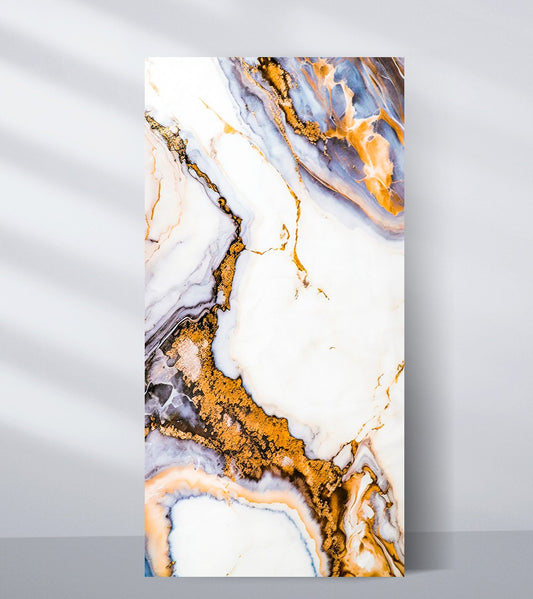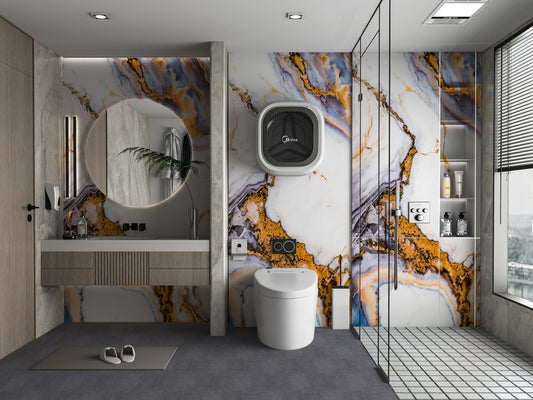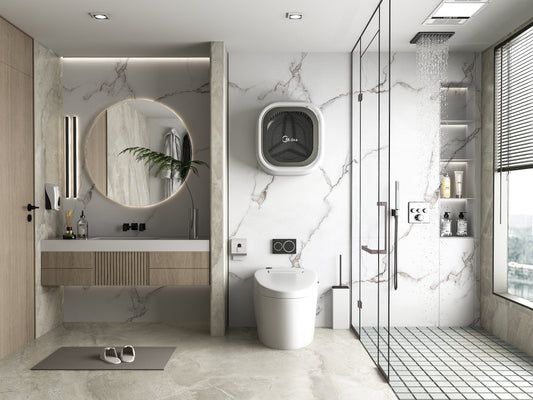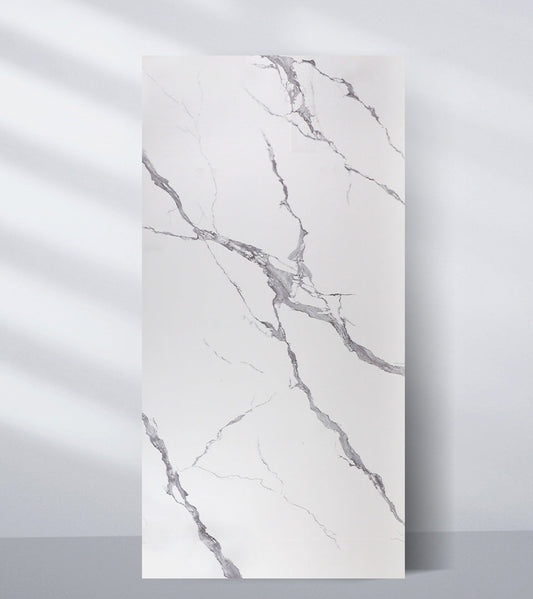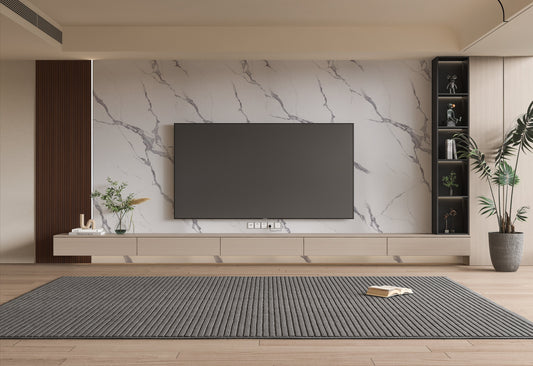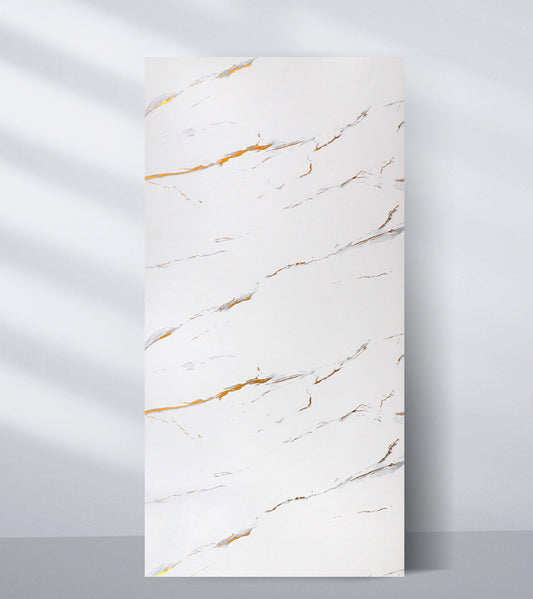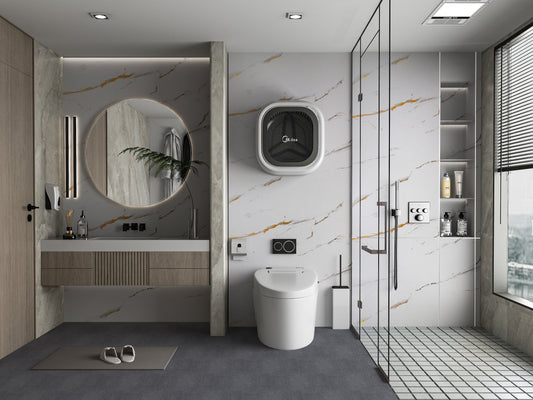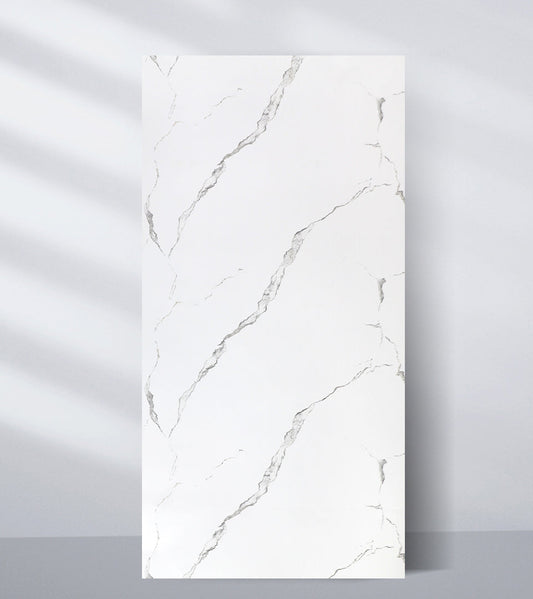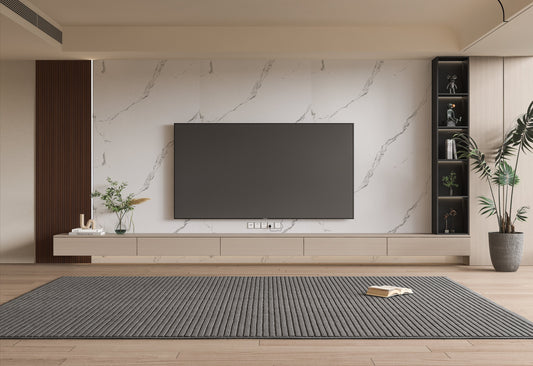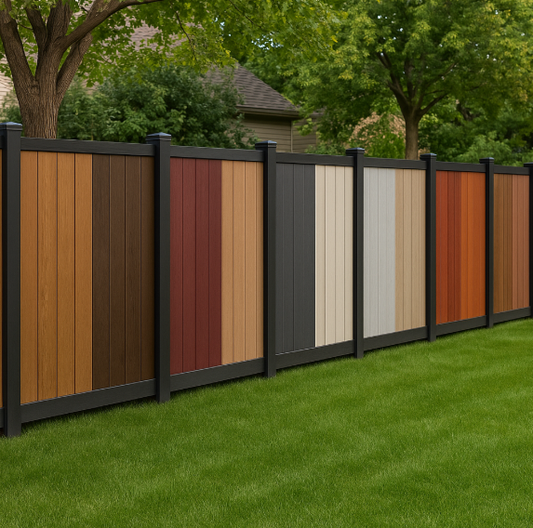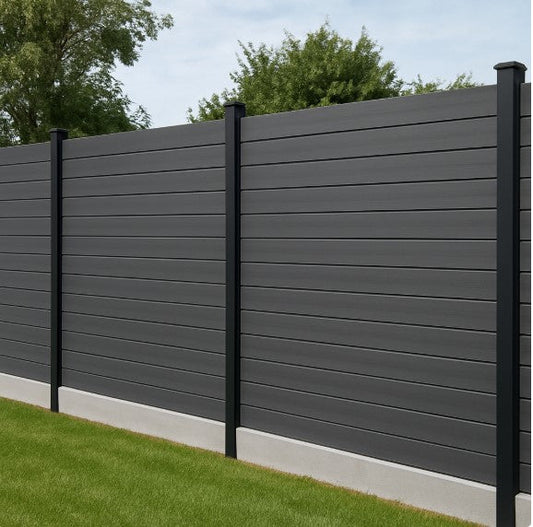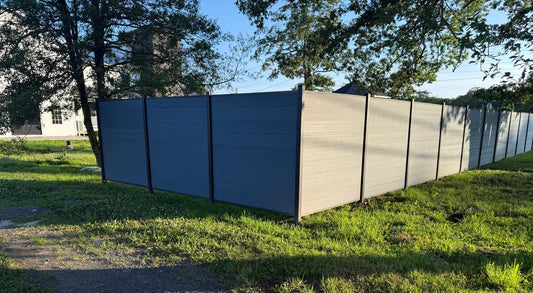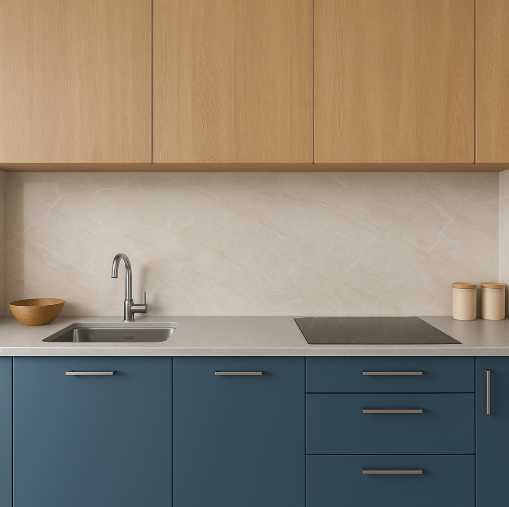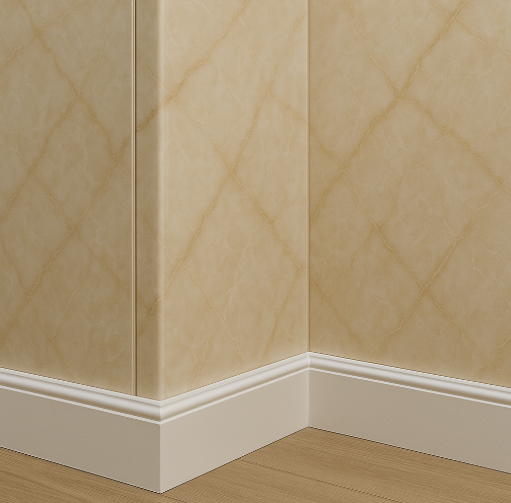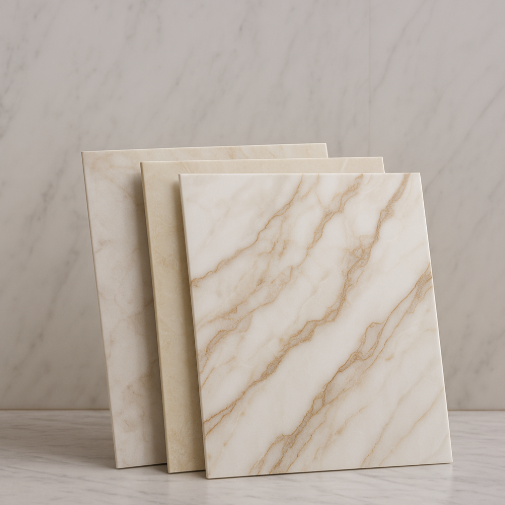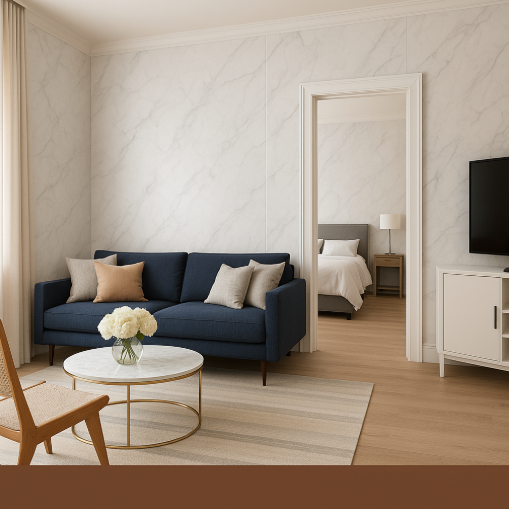Choosing the right fencing material is never a one-size-fits-all decision especially when you live in a windy climate. High winds can warp, crack, or even knock down traditional fences, turning what should be a long-term investment into a frequent repair nightmare. That’s why durability, flexibility, and structural strength are essential factors to consider.
In this post, we explore whether composite fencing is the ideal choice for windy environments. We’ll break down how it compares to other materials and answer key questions like how long does composite fencing last, what makes it one of the best durable fencing materials, and why it's winning the battle of composite fence vs wood lifespan.
Why Wind Resistance Matters in Fence Selection
Wind can exert powerful pressure on vertical surfaces like fences, especially in open areas, coastal zones, or elevated properties. A fence that isn’t designed to handle these forces may:
- Crack or splinter
- Tilt or fall over
- Require frequent reinforcement
- Lose structural integrity over time
To prevent this, homeowners must choose fencing material that combines strength, flexibility, and resilience. That’s where composite fencing comes in.
What Is Composite Fencing?
Composite fencing is made from a blend of recycled wood fibers and plastic polymers. This hybrid material delivers the best of both worlds:
- The natural look of wood
- The low-maintenance durability of plastic
It’s engineered to withstand weather extremes including high winds making it a go-to choice for homeowners in tough climates.
 |

|
Composite Fencing Durability in Windy Conditions
One of the biggest reasons composite fencing excels in windy areas is its structural durability. Unlike wood, which can crack under pressure or rot over time, composite material remains stable even under repeated stress.
Key Durability Benefits:
- High tensile strength to resist bending and breaking
- Non-splintering surface won’t chip or crack like traditional timber
- Moisture resistance, so it won’t absorb water and weaken
- Impact resistance, so debris carried by wind won’t easily damage it
This makes composite fencing one of the best durable fencing materials available on the market today.
How Long Does Composite Fencing Last?
If you’re investing in a fence for the long haul, composite fencing is built to last.
Average Lifespan:
Composite fences typically last 25 to 30 years, often outliving wood by a decade or more. Some high-end options, especially when properly installed, can last even longer with minimal wear and tear.
When comparing composite fence vs wood lifespan, here’s a quick breakdown:
|
Feature |
Composite Fence |
Wood Fence |
|
Lifespan |
25–30 years |
10–15 years (average) |
|
Resistance to Wind |
High |
Low to Moderate |
|
Rot/Decay Resistance |
Excellent |
Poor |
|
Insect Resistance |
Excellent |
Poor |
|
Maintenance Needs |
Very Low |
High |
Clearly, when wind and weather are a concern, long-lasting composite fence options offer unmatched peace of mind.
Composite Fence Maintenance: Simple and Stress-Free
In windy environments, not only do fences need to hold up, but they also need to look good doing it. High winds can cause debris buildup, stains, or moisture exposure. Fortunately, composite fence maintenance is exceptionally easy.
Maintenance Routine:
- Cleaning: Use a hose or power washer and mild soap every few months
- Inspection: Check for any loosened posts or connectors annually
- No staining, sealing, or painting needed unlike wood
This means your composite fence continues to perform well with minimal effort, freeing you from ongoing chores and repair bills.
The Composite Fence vs Wood Debate: Lifespan & Stability
When comparing materials for windy areas, wood fences often fall short due to:
- Moisture absorption (leads to warping and decay)
- Termite or pest damage
- Need for frequent re-sealing or replacement boards
On the other hand, composite fencing stands firm without splintering, sagging, or fading. It maintains its structure and appearance for decades, making it a clear winner in the composite fence vs wood lifespan conversation.
 |

|
Why Composite Is the Best Durable Fencing Material for Windy Areas
Let’s look at how composite compares to other materials commonly used for fencing in high-wind zones:
1. Wood Fencing
- ✅ Affordable
- ❌ Prone to warping, rotting, and splintering
- ❌ Requires regular maintenance
- ❌ Low wind resistance unless reinforced
2. Vinyl Fencing
- ✅ Low maintenance
- ❌ Can crack in cold or under wind pressure
- ❌ Limited color/textures; looks plastic
3. Chain Link Fencing
- ✅ Wind passes through
- ❌ Not private or visually appealing
- ❌ Can rust or sag over time
4. Composite Fencing
- ✅ Highly wind-resistant
- ✅ Long lifespan (25–30+ years)
- ✅ Low maintenance
- ✅ Variety of designs and textures
- ✅ Strong privacy and security
Conclusion: For homeowners seeking a fence that looks great, stands strong, and lasts for decades composite is the answer.
Bonus Tips: Maximizing Wind Resistance with Composite Fencing
If you’re installing composite fencing in a windy location, consider these tips for maximum stability:
- Secure posts deeply: Ensure fence posts are set in concrete at least 2 feet deep.
- Use reinforced posts: Choose steel or aluminum posts for extra strength.
- Allow airflow: Choose designs that permit a small amount of wind pass-through to reduce pressure buildup.
- Install professionally: Improper installation can compromise even the best materials.
By following these steps, your long-lasting composite fence will stay upright and attractive no matter how rough the weather gets.
Final Thoughts
When it comes to fencing for windy areas, few materials check all the boxes like composite. It’s:
- Exceptionally durable
- Resistant to weather and pests
- Low-maintenance
- Aesthetically versatile
- Designed to last for decades
Whether you're building a privacy fence, decorative border, or windbreaker in a high-exposure area, composite fencing offers the perfect balance of strength and style.
At Accel Inc, we offer a wide range of modern composite fencing options built to stand strong against the elements. Discover the best styles, finishes, and configurations to suit your landscape backed by industry-leading durability.
Ready to Upgrade?
Explore our full range of long-lasting composite fences and discover why more homeowners are choosing composite as their go-to fencing solution for windy areas.
Have questions about fence installation, custom sizing, or regional wind resistance needs? Contact the experts at Accel Inc today. Let’s build a fence that lasts.

